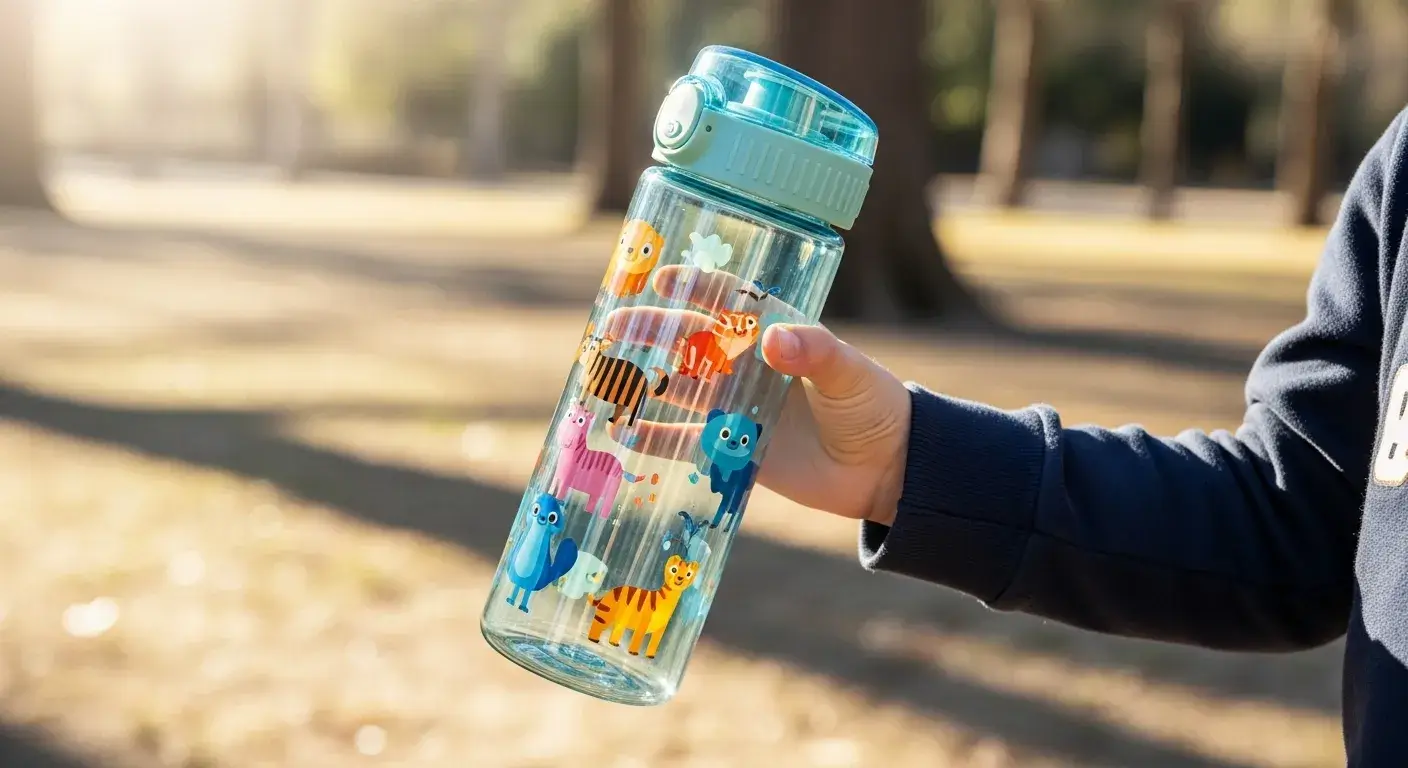
Worried about plastic safety for your kids? You're not alone. Let me explain how Tritan plastic helps solve that fear.
Tritan plastic is a BPA-free, FDA-approved material that does not leach harmful chemicals or endocrine disruptors, even when heated or exposed to acidity.
Parents need peace of mind. This article breaks down the science, certifications, and real-world usability of Tritan to help you make safe choices.
What is Tritan plastic and how is it different from other plastics?
Confused by all the plastic types out there? I was too, until I learned what makes Tritan stand out.
Tritan is a BPA-free copolyester1 known for clarity, durability, and chemical safety, making it ideal for children's products.
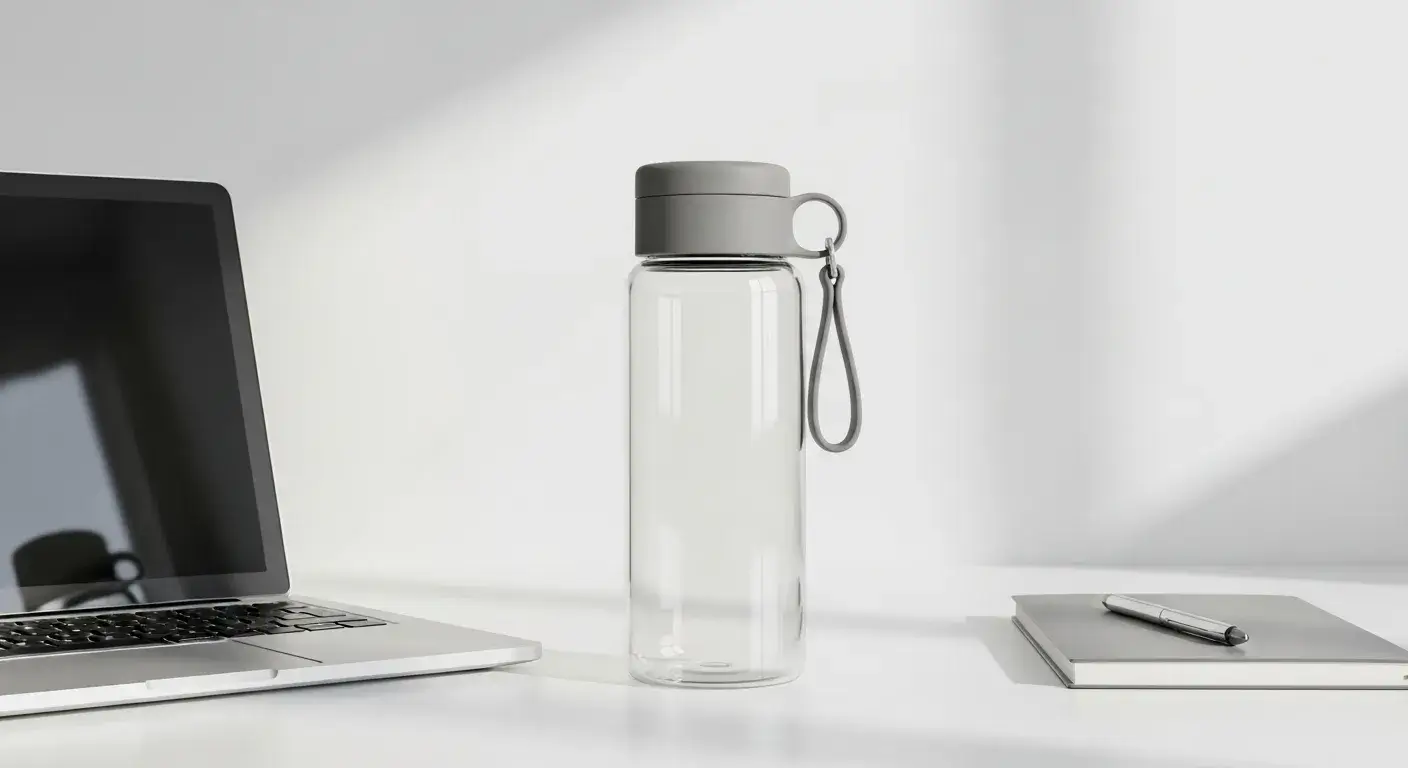
How Tritan Compares with Other Plastics
| Feature | Tritan | Polypropylene (PP) | Polyphenylsulfone (PPSU) |
|---|---|---|---|
| BPA-free | Yes | Yes | Yes |
| Clarity | Excellent | Poor | Good |
| Durability | High | Medium | Very High |
| Heat Resistance | Up to 80°C | Up to 100°C | Up to 180°C |
| Prone to Discoloration | No | Yes | Yes |
| Cost | Moderate | Low | High |
Tritan combines clarity like glass with the toughness of plastic. Compared to PPSU, it's more affordable. Compared to PP, it's more appealing and stain-resistant.
Why is BPA a concern in children's products, and how does Tritan address this?
I once threw away all my old baby bottles after learning about BPA. You might feel the same.
BPA is linked to hormonal and developmental risks2. Tritan contains no BPA or its harmful substitutes.
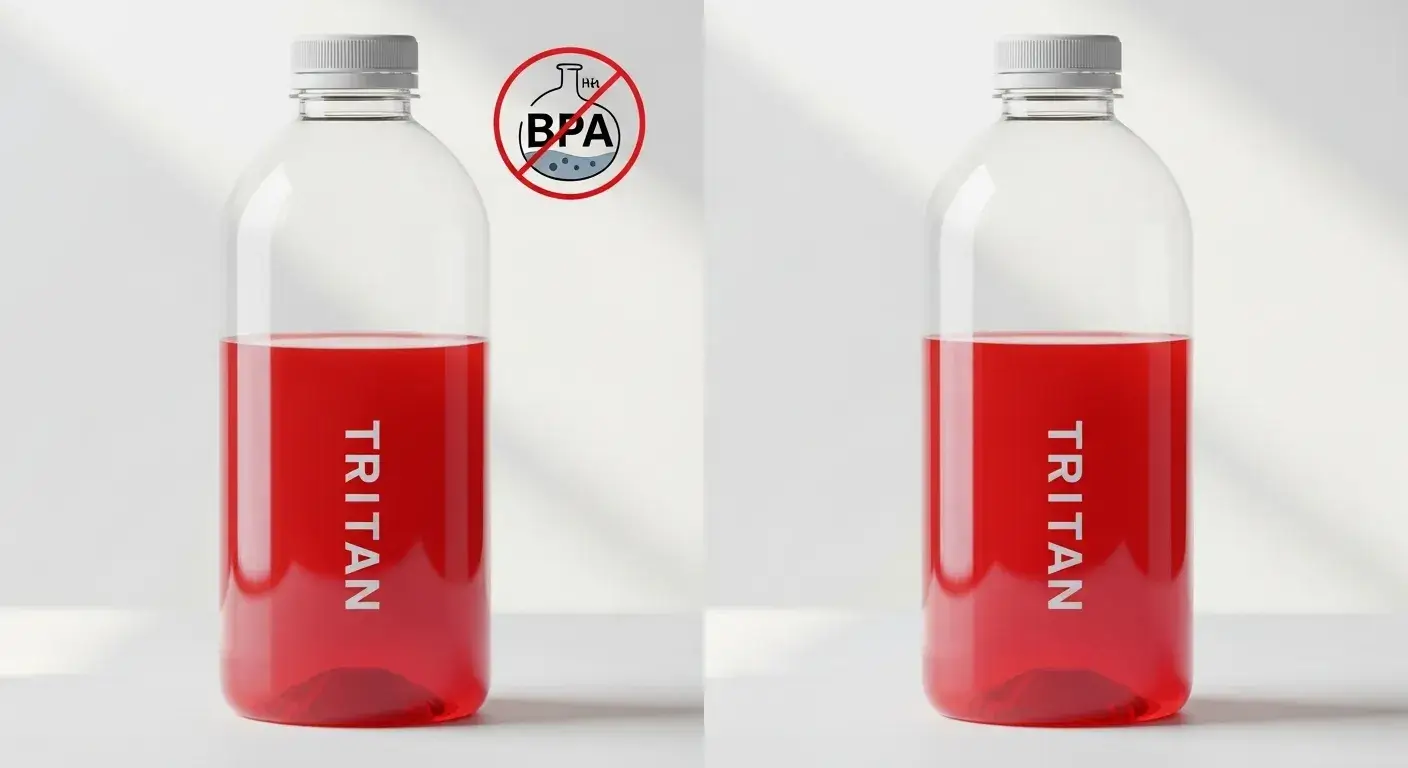
What BPA Can Do
- Mimics estrogen and disrupts hormonal balance
- Associated with developmental problems in infants
- Can leach from plastics into food or drink when heated
Tritan was created to avoid these risks. It doesn't contain BPA, BPS, BPF, or other common hormone-mimicking chemicals. That gives me confidence when choosing bottles for my children.
Does Tritan plastic leach harmful chemicals or endocrine disruptors?
Heat and plastic don’t mix—unless it’s Tritan.
Studies show Tritan does not release harmful chemicals3, even under heat or acidic conditions.
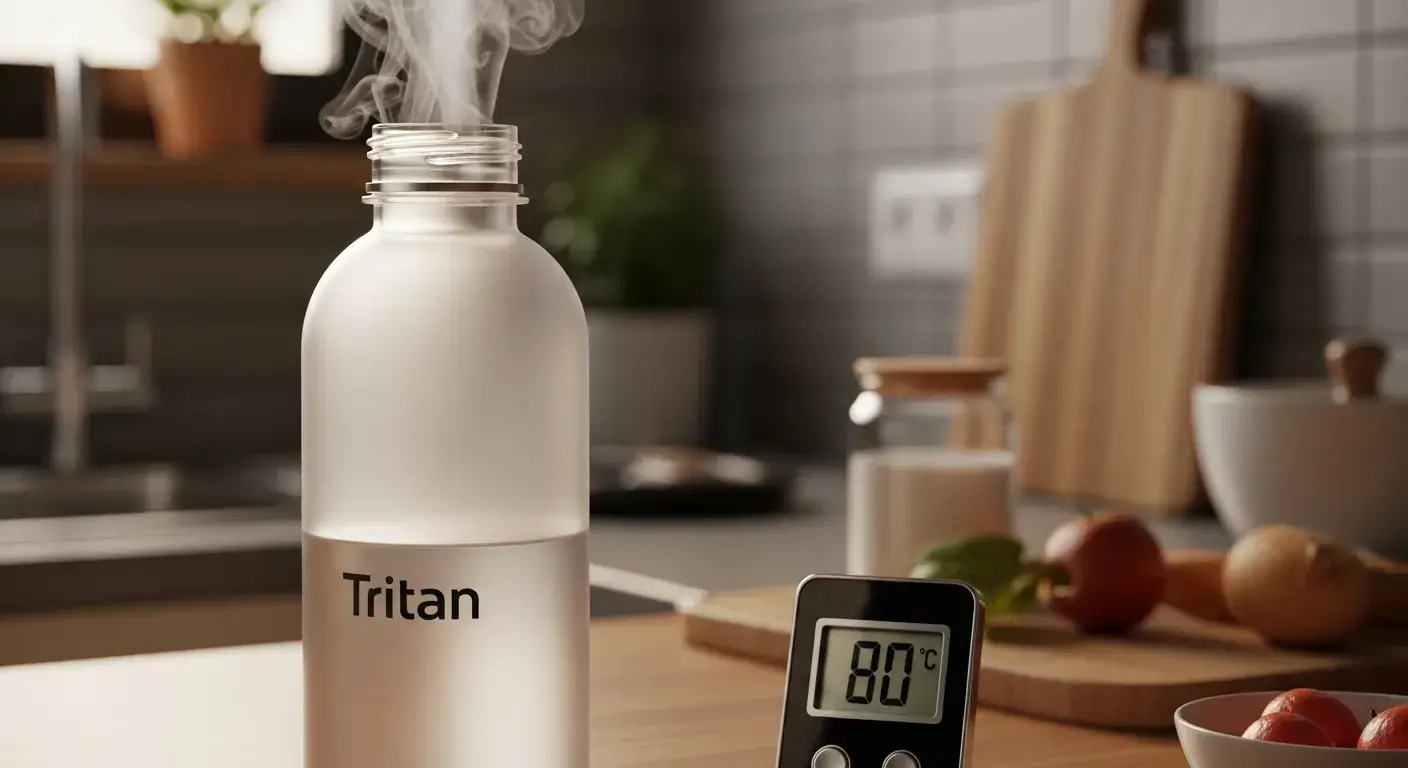
Scientific Findings
"Tritan has been rigorously tested and shows no estrogenic or androgenic activity." – Eastman, 3rd party lab studies
- Maintains chemical stability up to 80°C
- No leaching found in acidic or high-heat tests
- Passed multiple toxicology tests in the U.S., EU, and Canada
This means parents can safely use Tritan bottles for milk, juice, or warm water without fear of chemical exposure.
What safety certifications and testing does Tritan plastic have?
I always check for certification marks—do you?
Tritan is certified safe by FDA, EFSA, Health Canada, and meets California Prop 65 requirements4.
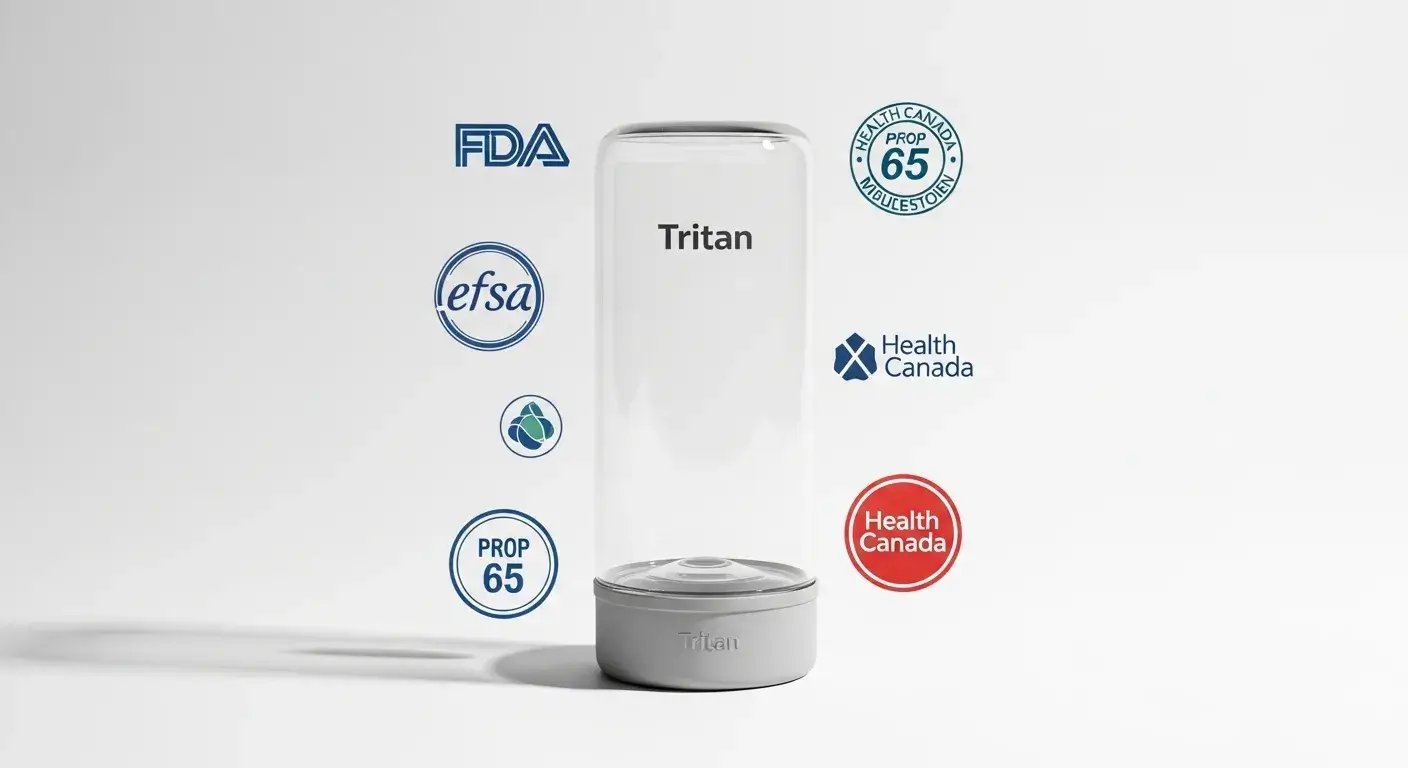
Certifications that Matter
| Certification Body | Regulation Scope | Status for Tritan |
|---|---|---|
| FDA (USA) | Food contact safety | Approved |
| EFSA (EU) | Plastic material migration | Approved |
| Health Canada | Toxicology and safety review | Approved |
| California Prop 65 | Carcinogen and toxicity label | Compliant |
These aren't just logos—they reflect real chemical safety standards. If your product says "Tritan," you know it meets these standards.
How durable and practical is Tritan plastic for children's use?
Durability matters. Kids throw, bite, and drop everything. I tested it myself.
Tritan is dishwasher safe, shatter-resistant, odor-resistant, and built for active use5.
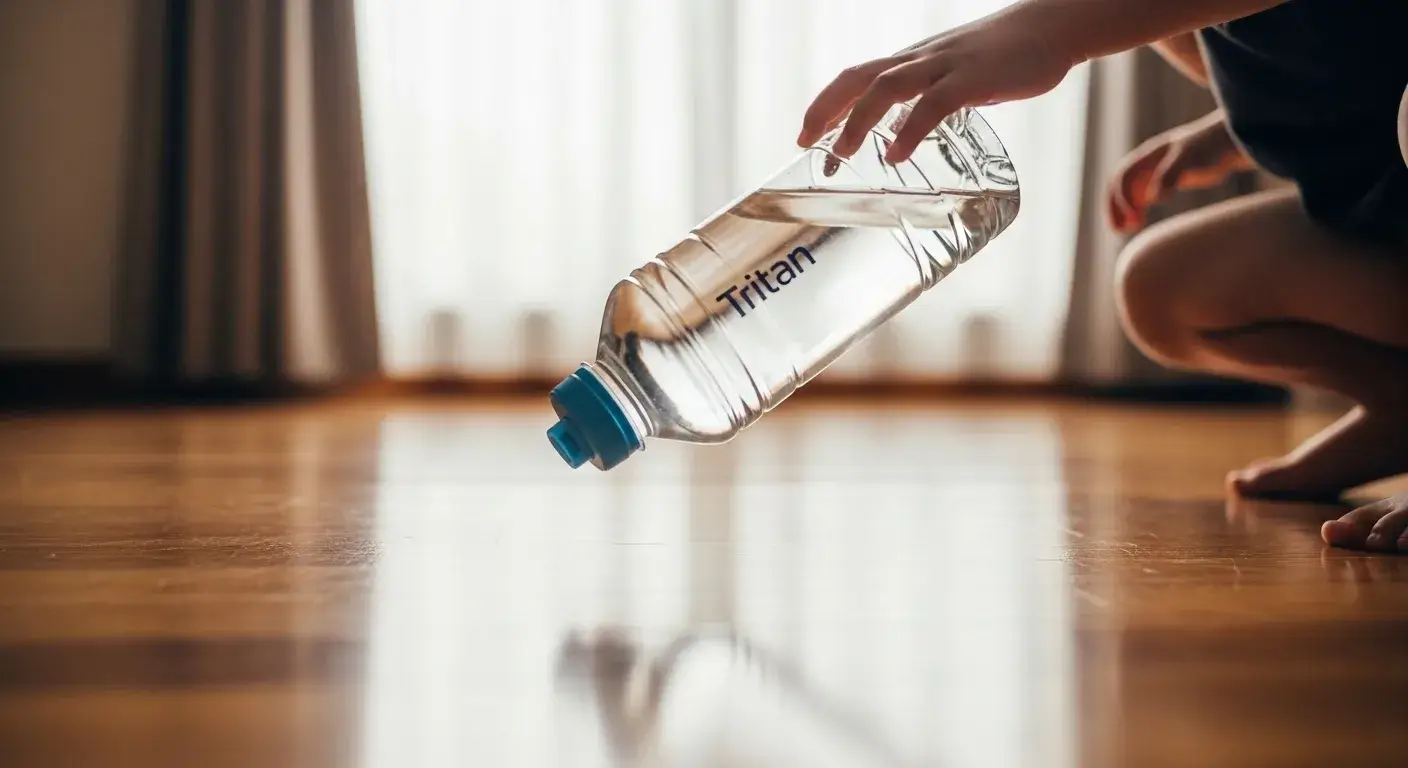
Real-World Benefits
- Holds up after 100+ dishwasher cycles
- Doesn’t stain from juice, milk, or sauce
- Retains clarity even after months of use
I dropped a Tritan bottle from the kitchen counter—it bounced without cracking. That’s one reason why many parents love it for kids.
Are there any risks or limitations associated with Tritan plastic?
Nothing is perfect, right? Tritan has limitations too.
Tritan may deform under prolonged high heat6 (above 100°C), but it remains chemically stable.
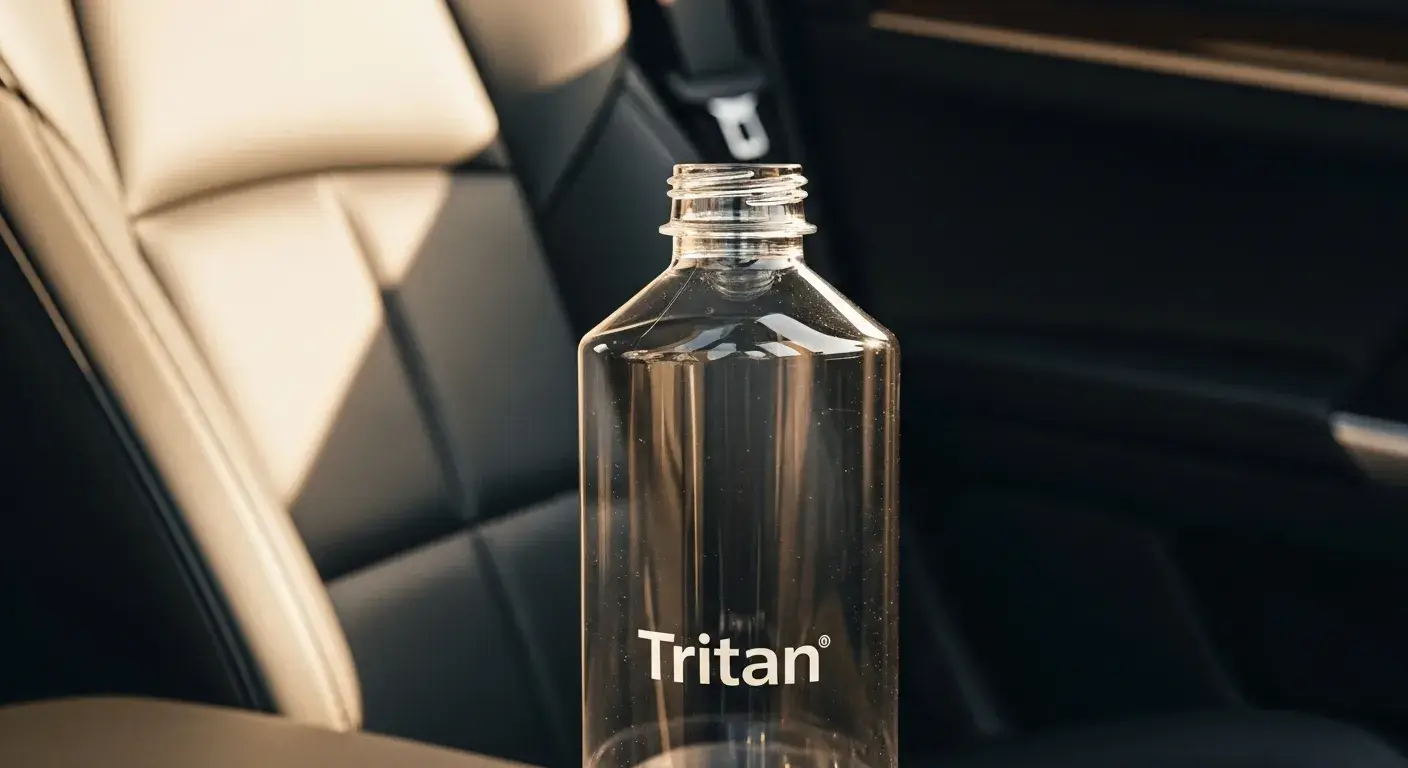
Be Aware of This
- Don’t microwave Tritan for long periods
- Avoid boiling it directly
- Don’t leave it in a hot car in summer
Despite this, Tritan doesn’t release toxins. If it bends slightly, just replace it. Safety isn’t compromised.
How does Tritan compare to other BPA-free plastics like PP and PPSU?
With so many BPA-free options, which is best?
Tritan outperforms PP in clarity and rivals PPSU in strength7, but at a lower cost.
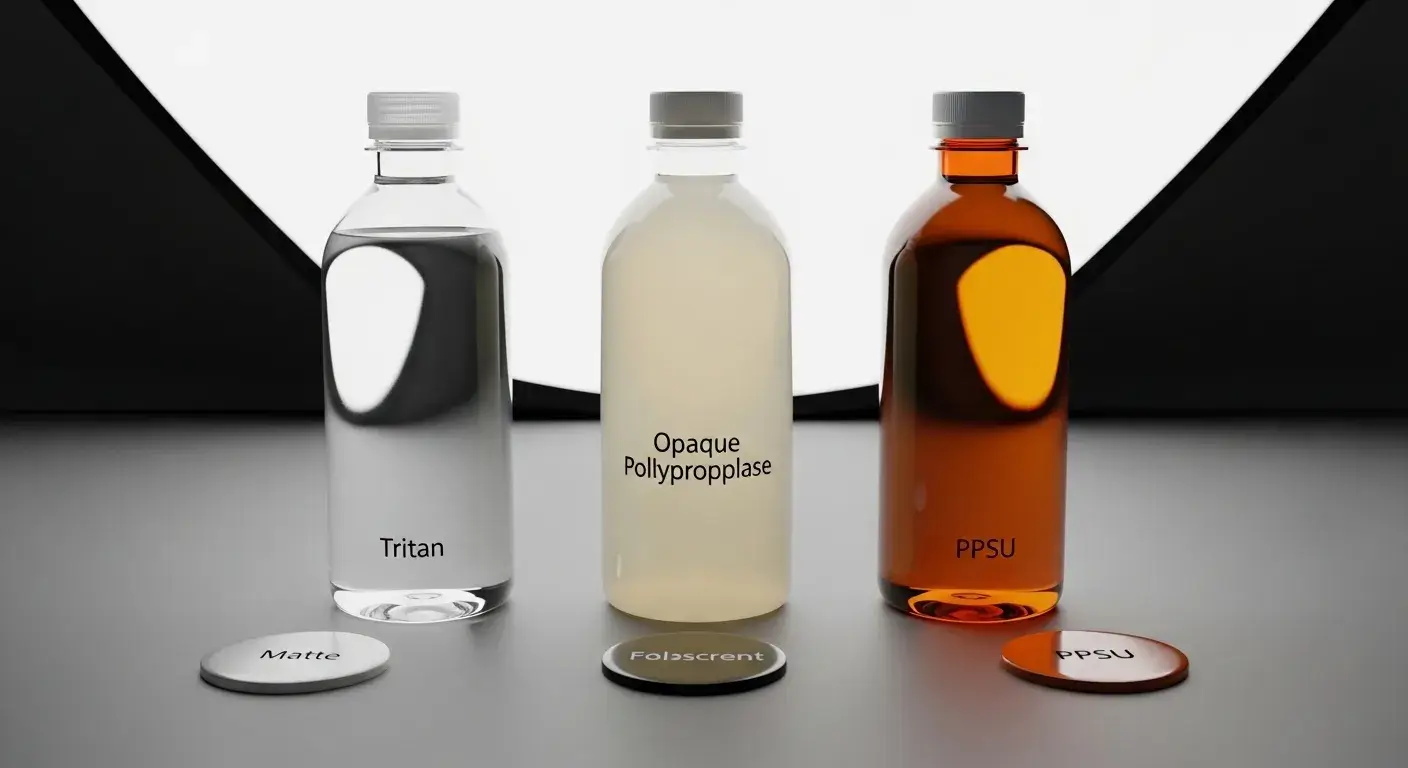
Plastic Comparison Highlights
- PP: Cheap, light, but scratches and discolors
- PPSU: Strong, heat-resistant, but expensive
- Tritan: Clear, strong, stain-resistant, cost-effective
For parents who want balance—safe, stylish, and durable—Tritan is a strong contender.
What do recent studies say about the safety of BPA-free plastics including Tritan?
Not all BPA-free plastics are created equal.
Tritan has been independently tested8 and shows no hormonal activity, unlike some BPA substitutes.
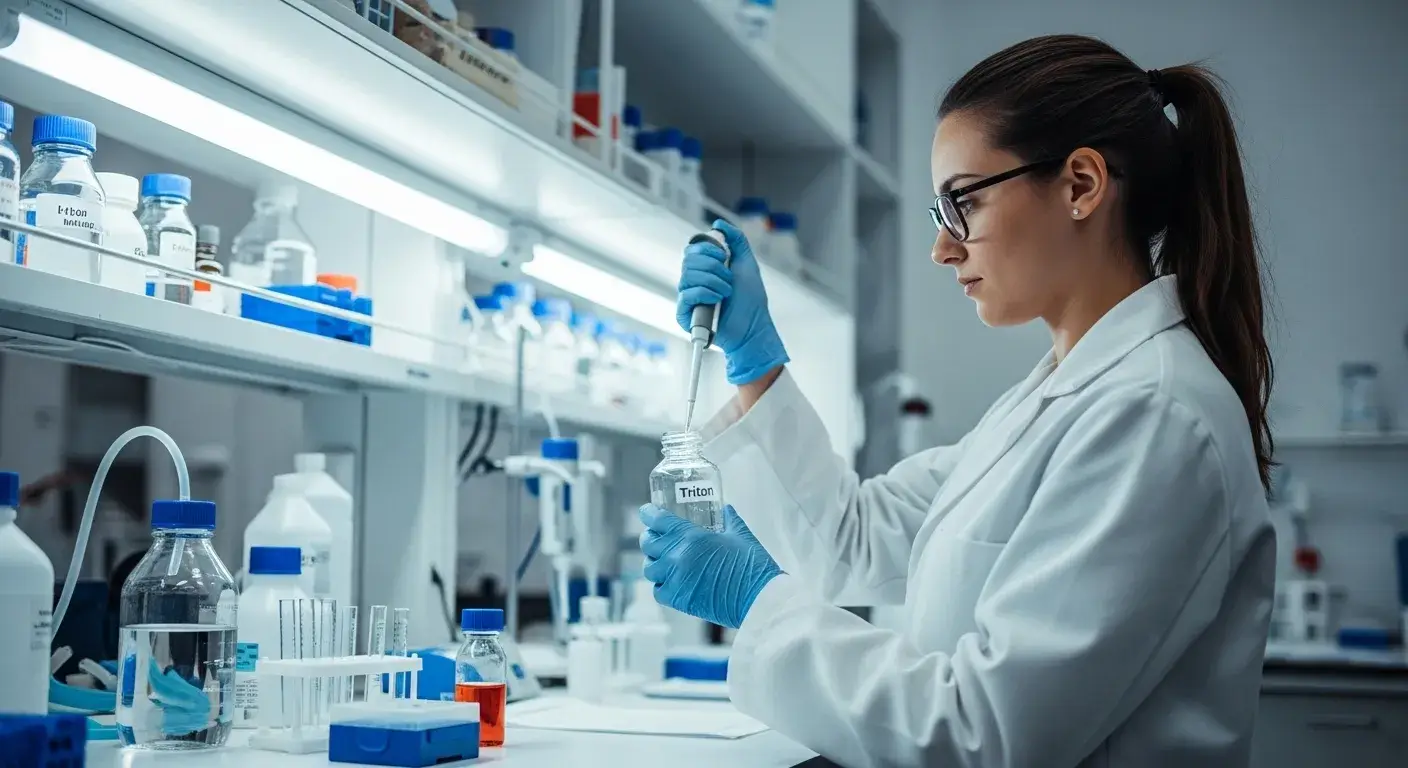
Insights from Recent Research
- Some BPA-free plastics still leach estrogen-like compounds (e.g., BPS, BPF)
- Tritan was tested using UV exposure and acidic liquids—passed both
- No estrogenic or androgenic activity detected
This is why I trust Tritan more than generic BPA-free options with unclear composition.
Why do many baby bottle and sippy cup manufacturers prefer Tritan?
When big brands use a material, there's usually a reason.
Manufacturers choose Tritan for safety, branding clarity, and performance9.
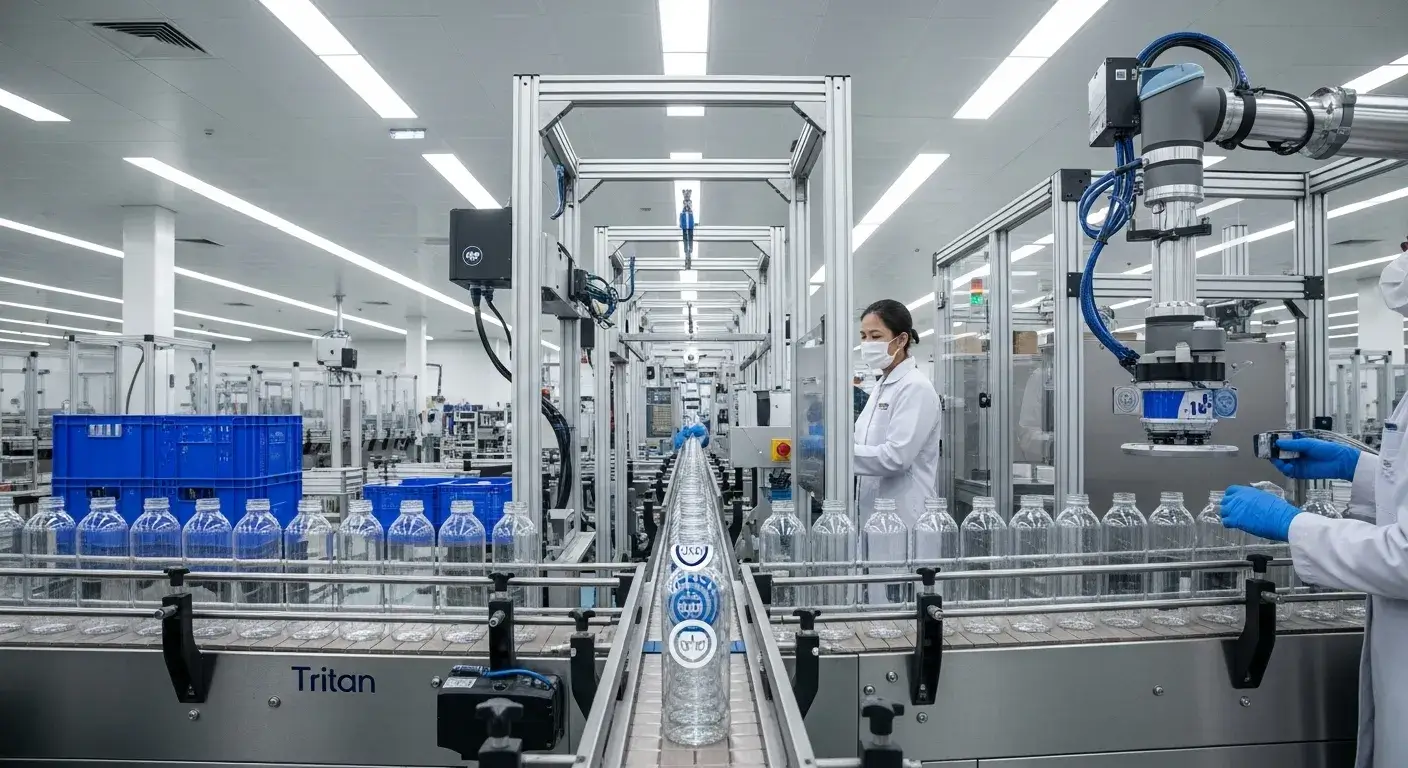
Why Tritan is Popular
- Glass-like appearance builds trust
- Resists odors and staining
- Easy to mold for custom designs
For OEM/ODM projects, Tritan offers flexibility and safety. As a factory owner, that matters to me.
What precautions should parents take when choosing plastic products for children?
Labels can be misleading. I always double-check.
Look for BPA-free labels, real certifications, and follow cleaning guidelines10 to ensure safety.
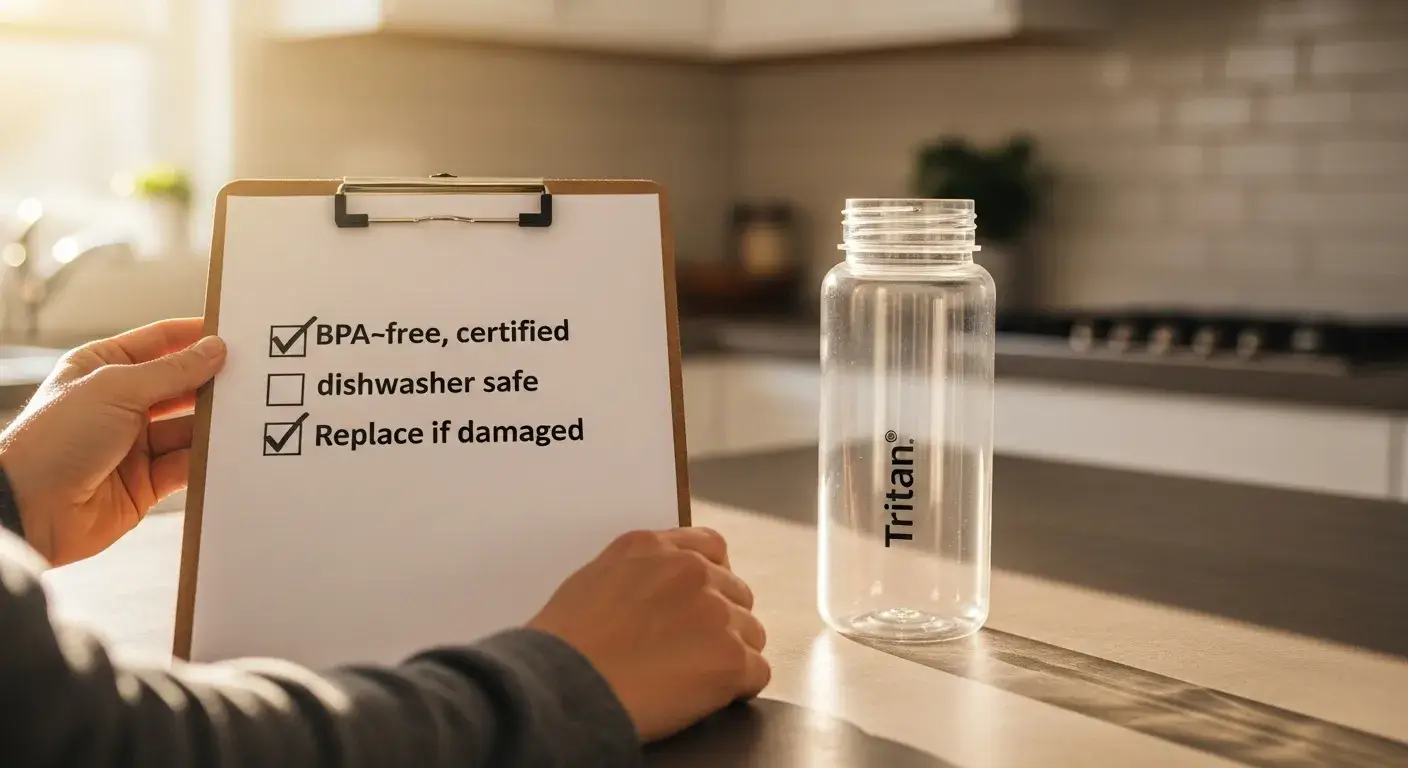
Quick Parent Checklist
- ✅ BPA-free and certified (FDA, EFSA, etc.)
- ✅ Brand transparency about materials
- ✅ Dishwasher safe (but not microwave-proof)
- ✅ Replace if scratched or discolored
These steps will help you make smart, safe choices for your children.
Conclusion
Tritan plastic is a safe, durable, certified material that solves parents' concerns about plastic safety for their children.
Footnotes:
-
Learn how Tritan’s BPA-free copolyester differs from other plastics ↩
-
Understand why BPA is a concern and how Tritan avoids hormone disruption ↩
-
See test results showing Tritan doesn’t leach harmful chemicals under stress ↩
-
View the global safety certifications Tritan has earned ↩
-
Explore why Tritan is ideal for kids due to strength and stain resistance ↩
-
Know Tritan’s heat limits to avoid deformation while preserving safety ↩
-
Compare Tritan vs PP vs PPSU for safety, durability, and cost ↩
-
Review scientific studies confirming Tritan’s hormone safety ↩
-
Understand why major brands use Tritan for baby bottles and sippy cups ↩
-
Follow tips for choosing and maintaining safe plastic products for kids ↩

